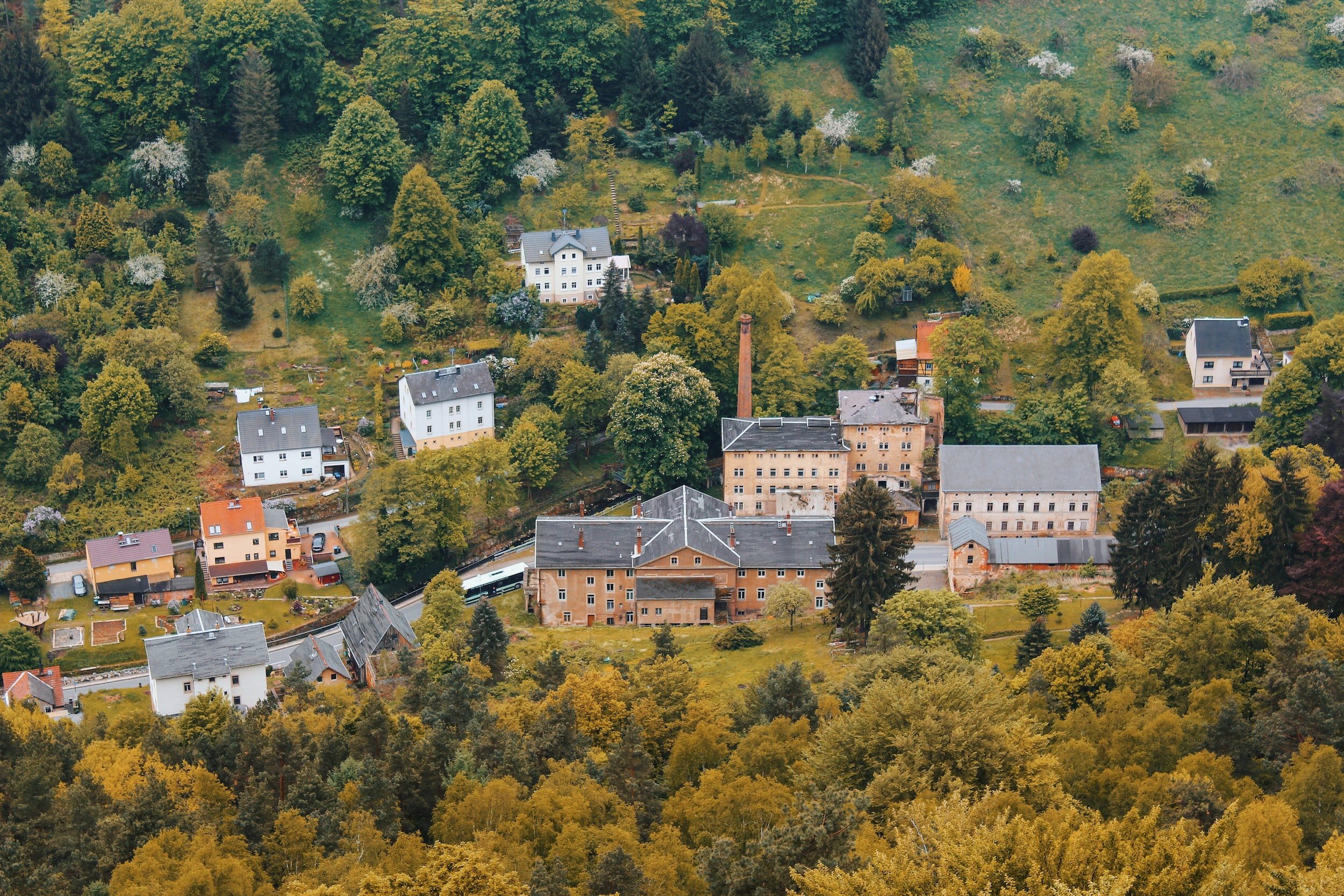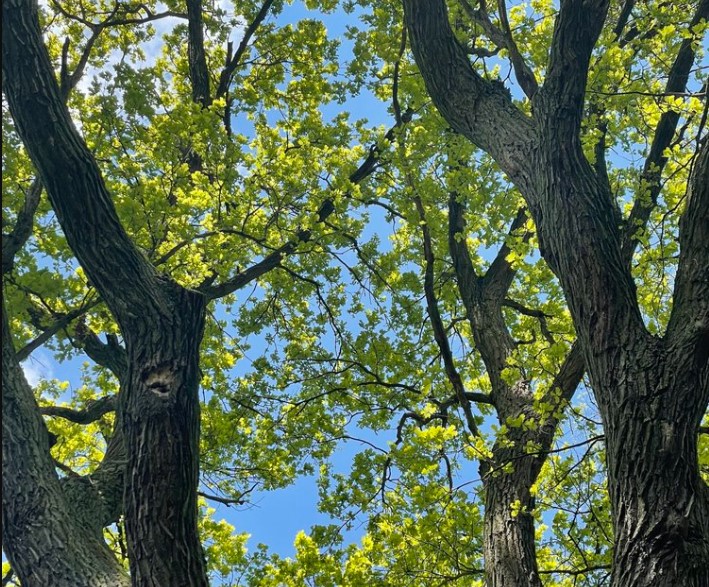Planting new trees on any property is a great way to beautify. But it can also be a huge hassle for solar arrays. Not only are there issues around leaves or branches damaging the panels but there’s the ever-present threat of shade limiting solar production.
Picking trees does not need to be complicated though. Here’s a simple framework you can follow (with resources to find the right tree species for you).
Tree factors that are great for solar
A beautiful tree can really spruce up a home—no pun intended. But when it comes to solar projects, you need something different from your trees.
Leaf size: Small leaves means more sunlight will get through even in full bloom when compared to broad-leaf trees. Smaller leaves are also easier to clean and keep safe if they happen to blow under the solar array, which can become a fire hazard if left too long.
Wood strength: Hardwood trees will offer a bit more security—they are less likely to fall down in strong winds or have branches rip off, potentially damaging your roof and solar panels.
Growth speed: From a solar perspective, the best trees are slow-growing with predictable growth patterns so you don’t have one shoot up and cause a lot of shade.
Maximum height: Ideally, you want a species that doesn’t naturally grow taller than your roof height.
Native to your geography: Whenever planting a tree, pick a native species first—they will be best equipped to handle local weather and seasons. Further, if you’re ever removing trees, remove non-native species first.
Avoid invasive species: Bamboo and Japanese Knotweed are two very common invasive species, but you should look up local types as well to save yourself from the hassle of trying to remove the trees later.
Planting in the right place for solar
Planting trees is a decades-long decision, so you need to take into account how that will impact solar production down the line.
Plant far away from the house: In a suburban or urban lot, plant as far away from the house as possible—even right at your property line. This will ensure that when the sun is high, your panels are completely unobstructed even with a tree in full bloom.
Avoid the sun exposure side of the house: If you can avoid it, don’t plant any trees in the same line as your panels (usually south facing). In these areas, plant shrubs or shorter flora so there’s no risk of direct shade on your solar panels. The caveat here would be if your house sits on a tall hill or you have a large country lot, where planting trees won’t have the same shade implications.
Ensuring your trees are healthy and won’t fall over
Trees falling over is a massive risk homeowners have to take on, particularly on smaller lots. That’s why regularly checking the health of your trees is essential. Here’s what to look for.
Bark health: Look for breaks, insect infestations, or soft spots, since these open the opportunity for fungus and other damage that can cause the tree to rot from the inside.
Leaf texture and composition: If the leaves begin to yellow early in the season, that could be an indication that the soil lacks nutrients like nitrogen or phosphorus. Over time, this can cause the tree to become brittle and more susceptible to falling over.

Assess soil pH and moisture levels: Different trees need different soil pH and moisture levels—look up what is needed for the species you have then test the soil. These tests are widely available at local garden centers or home improvement stores.
Tree finding resources
Picking the right trees will ensure you have years of natural beauty that won’t risk damage to your solar panels or solar energy production. It’s worth the time investment before planting (or replanting) to ensure you’ve got the right tree species for your area and the right species for solar.
To complete your research, you can use the following sources:
-
The US Department of Agriculture database of all trees native to each state
-
The Canadian government’s My Tree app to show native tree species in Canada and parts of the northern United States
Arbor Day foundation’s zip code-based search for tree species with filters based on tree features such as growth speed






